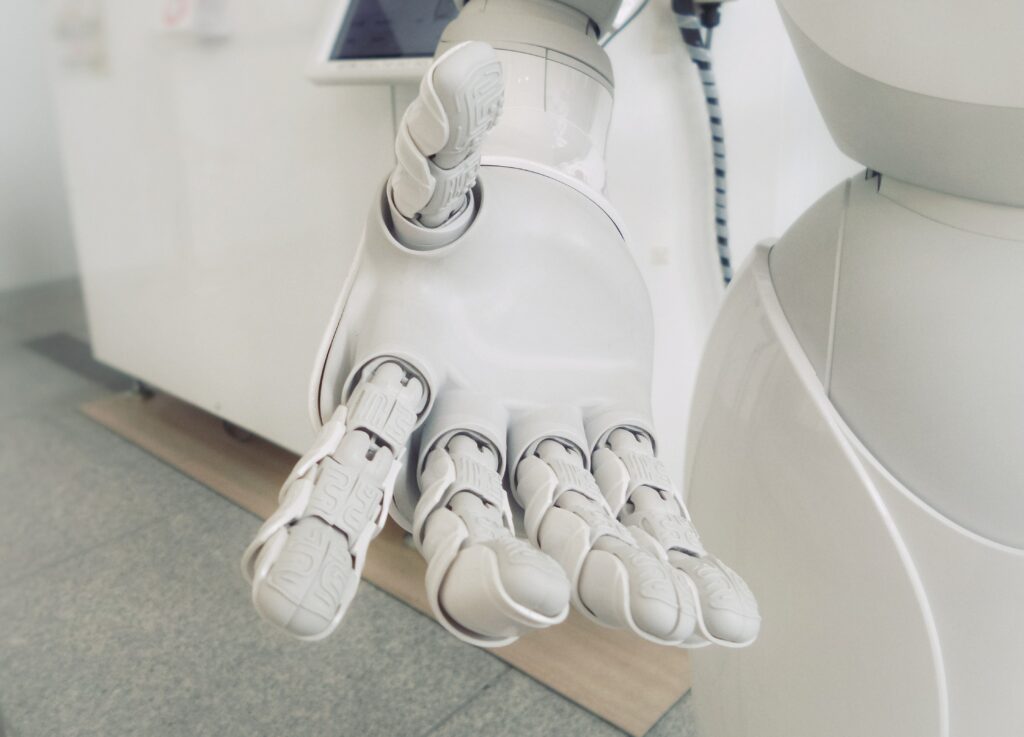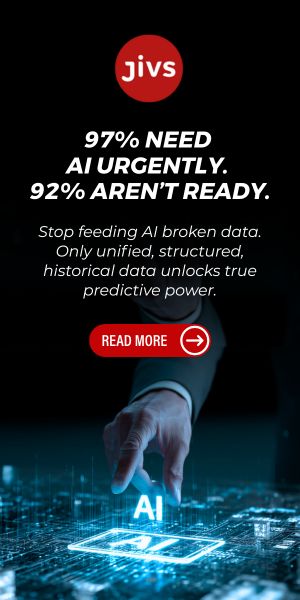Artificial Intelligence is everywhere. At least, now it feels like it is everywhere. The concept of AI has been around for well over a century. The actual term, Artificial Intelligence, best I can tell, was coined in the 1950’s roughly three years before I was born. Practical research and applications have been in use, steadily improving for decades. Think Netflix movie recommendations or personal assistants like Siri or Alexa. Today, AI is woven into our everyday lives and is quickly becoming the tentpole of pop culture novelty and, potentially, dare I say, frivolity.
My aunt, who signed up for a phone-answering service because they don’t make tapes for her old answering machine anymore, uses the chatbot she found on Bing to suggest the best recipes for ingredients she has on hand in her pantry. Students are using ChatGPT to craft college application essays. Singles are uploading AI-enhanced selfies to their dating profiles. Creators are using AI-powered software to create endless loops of lofi beats.
The novelty is just that – a gimmick for a lot of people, akin to ordering Sea Monkey’s advertised in the back of some 1960s comic book. And this, unfortunately, can ultimately lead to a latency in the growth of the technology. The height of hype can easily lead to a patch of irrelevance. We’re here to ask, and to get you to ask: what do you want artificial intelligence to do for you?
Are you aware of what AI can actually achieve?
As with any new technology, the mass rollout of AI via ChatGPT had everyone asking the same question: will this steal my job? Companies everywhere were looking at ways to use the technology to streamline their processes and remove the time-consuming and menial work – and the expensive labor that frequently came with it.
We’re looking at it the other way. How can artificial intelligence make us capable of more? Instead of contemplating how AI can do more with less, we’re finding ways to enable companies everywhere to do more with more.
Optimized? How about enriched?
Every business is sitting on a wealth of data. Purchase histories, invoices, shipping logs, attendance reports, website analytics, tax forms and so much more. Thanks to the ubiquity of cloud-based data storage, the well of information is only getting deeper.
The questions that need to be asked become clear. Are you taking the time to parse through, organize and lay out petabytes of data to find the trends and insights that will make your next quarter the most profitable? Or are there only so many hours in the week, only so much staff you can afford and only so much you can do in a day?
An unprepared team is treading water at the top of a very deep pool of data. Your competitive advantage is in discovering the next idea, product or plan hidden at the bottom of the pool. With AI, your company can both efficiently and effectively extract unique competitive advantages, helping you dominate your current vertical or determine how to best navigate the market’s edge to the next blue ocean.
Beyond trends, totals and historical graphs, AI enables you to look forward by simulating potential outcomes based on any number of factors. To enrich your decision-making and performance, all you have to do is code your AI tools to deliver the right information you need.
AI-assisted development
Many companies tap into OpenSource AI or the private engines of Google or Meta for AI processing. Even more leverage consumer-level tools like chatbots and enhanced search tools.
On the upside, this gets everyone familiar with what is available and the tools are improved the more they are used (in theory). What we notice: when everyone uses the same tools, in the same way, the results look monochromatic. In the very near future, companies will need to build their own uses for AI technology, leveling their own unique inputs and historic data against the data of, well, the world. Otherwise, we all risk falling into the pit of novelty.
Programming and coding are difficult enough, but programming artificial intelligence? The business world is burdened by growth in technical complexity, a lack of reasonably priced technical resources and a mountain of technical debt. Will the tools that could have launched you into the next decade of business become a business distraction? Will they be adaptable enough to grow alongside your business, instead of hinder it?
How do we avoid monochromatic results on the one hand and the costs of massive technical complexity on the other? The answer lies in the no-code revolution powered by AI.
No-code tools will revolutionize industries
We’re so confident in how artificial intelligence can make you more competitive that we are building our business on it with AI-enhanced no-code tools. Businesses all over the world are already gaining ground on their competition by empowering their citizen developers with a modern suite of no-code tools to build the applications they need. By leveraging AI, these tools allow for a new level of predictive capabilities. It’s not just about knowing what your data is and what it can tell you, but allowing AI to reveal new connections, uses and results. It won’t be long at all until no-code development becomes widespread and mainstream.
So the question remains: how will you use AI to your advantage?






